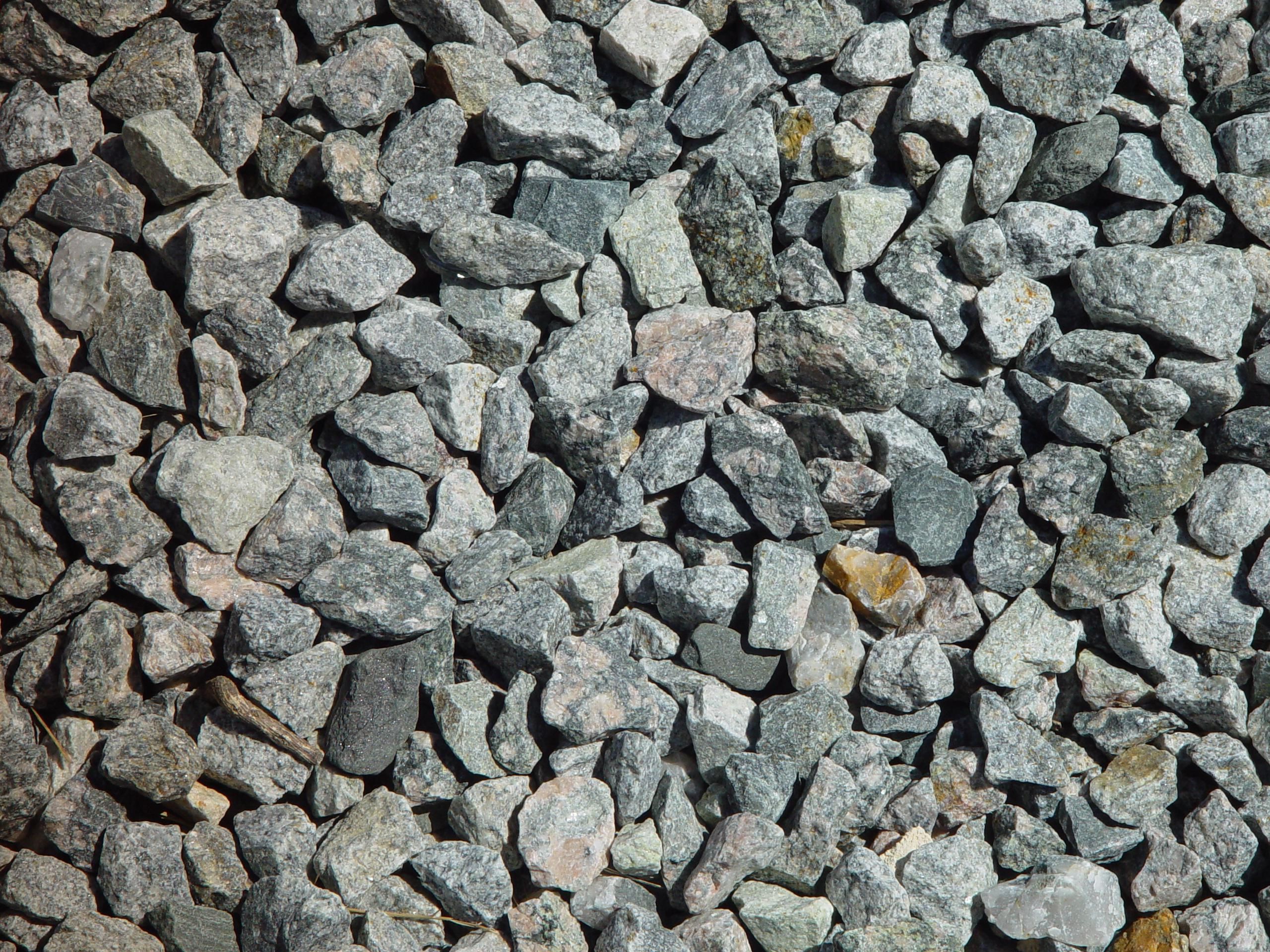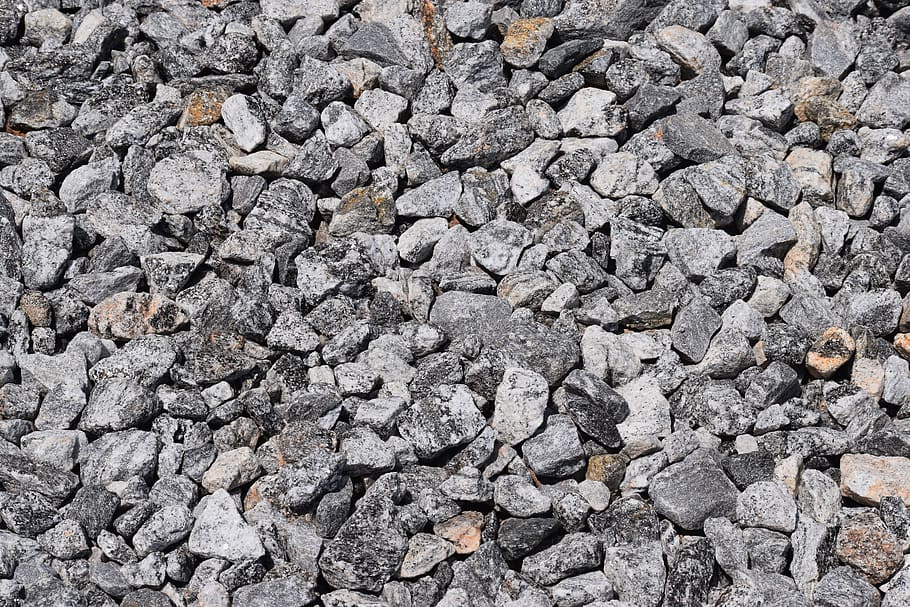Classification of Aggregates Used In Construction Work
|| Civil Engineer Must Know ||


Hello Guys , welcome to engineering brother civil engineering website so today we will discuss All classification of aggregates used in actual construction of civil engineering structures.
1)Classification of Aggregates based on weight
2)Classification of Aggregates Based on Size
3) Classification of Aggregates Based on Shape (IS: 383 – 1970):
4)Classification of Aggregates Based on Texture (IS: 382 – 1970):
1)Classification of Aggregates based on weight
A)Normal Weight Aggregate
C)Heavy Weight Aggregate
A) Normal Weight Aggregate
1) Natural Aggregate
 |
| Sand |
 |
| Gravel |
 |
| granite |
 |
| basalt |
 |
| Quartzite |
2)Artificial Aggregate
 |
| Slag |
B) Light Weight Aggregate
1) Natural Aggregate
 |
| scoria |
 |
| Dust |
2) Artificial Aggregate
| foamed slag |
| Clay |
 |
| expanded shale |
C) Heavy Weight Aggregate
 |
| Barite |
 |
| Hematite |
 |
| Magnetite |
2)Classification of Aggregates Based on Size
A) Course Aggregate
 |
| sand |
*In concrete, the size of the largest gravel should be chosen as far as possible so that minimum cement is used and the workability of the concrete is improved.
Difference between Course and Fine Aggregate:
E.g. A single size aggregate of 20 mm means that most of the aggregate passes through the 20 mm IS sieve and most of the volume stays on the 10 mm IS sieve.
D) Plum Concrete:
Stones of 150 mm or more size can be used in plain concrete. Such concrete is called ‘plum concrete’. Such stones are called “plum”. Stones up to 20% of the total size of the concrete can be used. Concrete vibration is done by placing stones at a certain distance on a concrete bed of about 60 cm thickness. So that the stones sink into the concrete.
 |
| plum |
3) Classification of Aggregates Based on Shape (IS: 383 – 1970):
Aggregates can be divided into five shapes
(ii) Irregular – Partially rounded
(iii) Angular
(iv) Leaf – Flaky
(v) Elongated
(i)Rounded
Since the surface area of a spherical aggregate is less, less cement is required, gives more workability less grip between two aggregates.
E.g. , River or beach gravel, desert and beach sand
(ii) Irregular – Partly rounded:
Grip between such aggregates is good. The void ratio is 35 to 38%.
Eg. Pit Sands and gravels.
 |
| Irregular Aggregate |
The angles of such aggregates are sharp. The void ratio is 38 to 40% so more cement is used.
Good grip between aggregates increases the strength of concrete.
 |
| Angular aggregate |
When the length of the kapchi is more than 9/5 (1.8 times) of its average size, it is elongated. Both flaky and long aggregates reduce the versatility of concrete. The durability of concrete decreases. The proportion of flaky and long aggregates in concrete should not exceed 15%.
4)Classification of Aggregates Based on Texture (IS: 382 – 1970):
aggregates can be divided into the following five groups based on texture:
1) Glassy
(ii) Smooth
(iii) Granular
(iv) Crystalline
(v) Honeycombed and Porous
The surface texture of aggregate affects the workability and strength of concrete.
+ READ MORE
